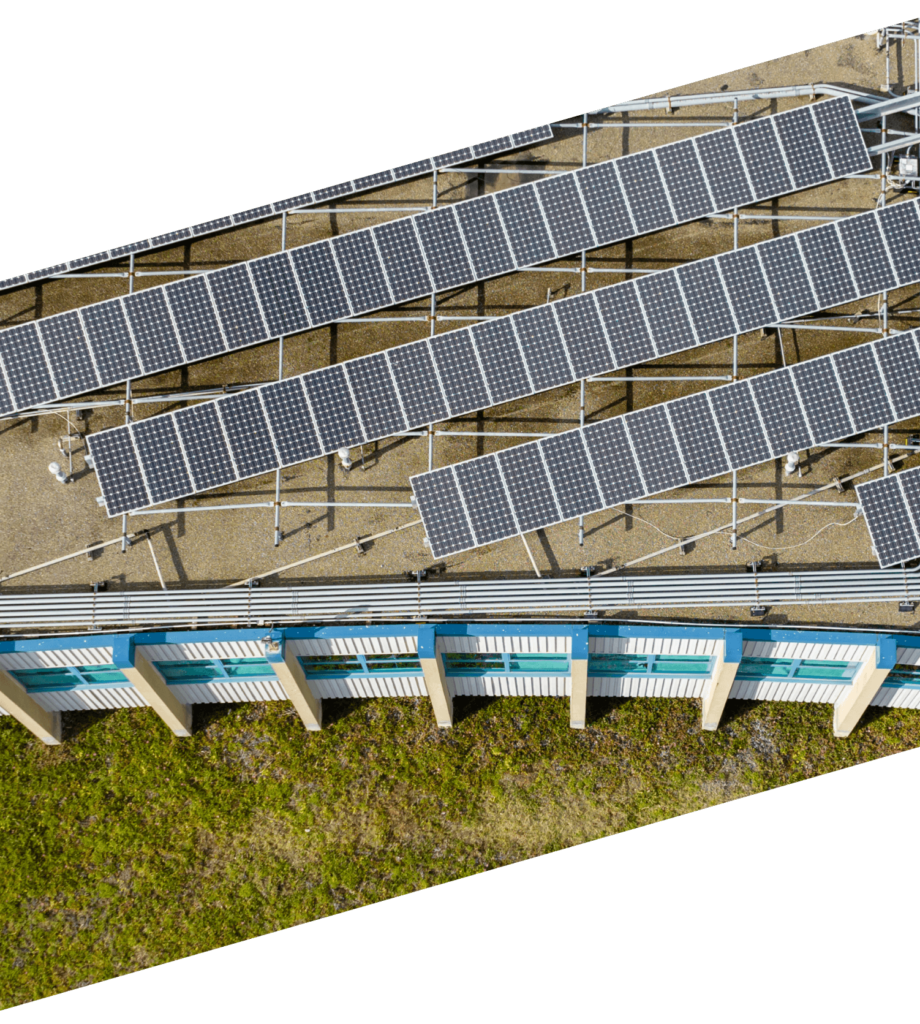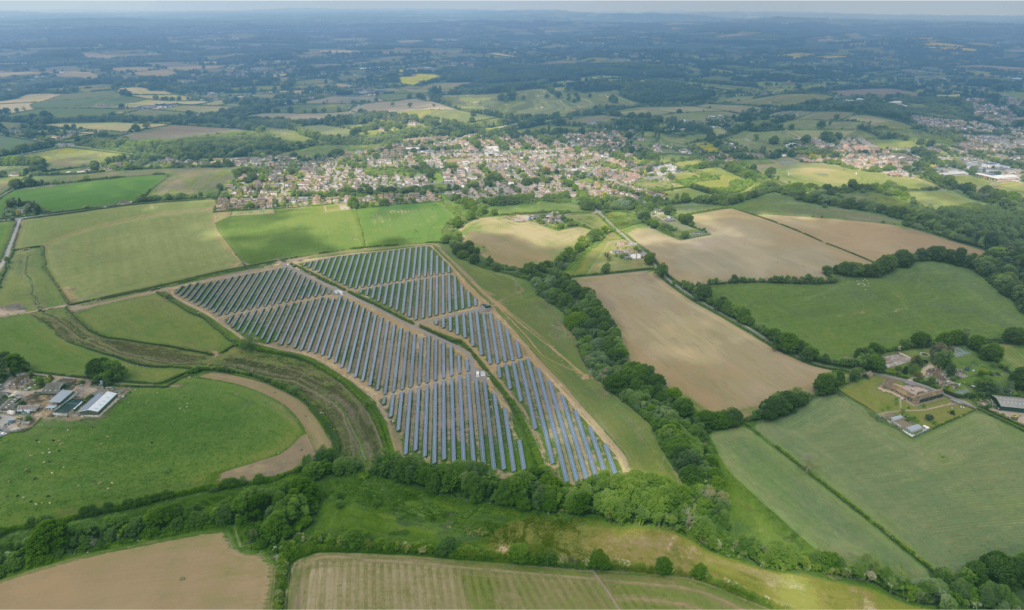Myths vs. facts
Setting the Record Straight
Solar experts provide review common misperceptions about solar power and clear up confusion with reliable facts.

Solar 101 Myths
FACT: Solar power helps strengthen California’s energy grid grid and provides a reliable, steady source of power that works day and night, rain or shine—helping keep the lights on and power running during extreme heat waves and other weather events.
FACT: Solar panels are designed to withstand the most extreme weather conditions to ensure states like Californians have reliable power, day or night, rain or shine.
FACT: Solar power played a significant role strengthening California’s energy grid and keeping the lights on during 2022’s oppressive, record-breaking heat waves. Solar has helped keep energy more reliable and prevent widespread outages from impacting California homes, businesses, and communities.
FACT: Solar energy supplies more than 20 percent of California’s electricity today. By continuing to expand upon the current amount of solar energy in the state, California is driving energy independence and harnessing the economic benefits that come with clean, renewable energy.
FACT: Here in California and nationwide, an investment in solar photovoltaic energy creates an average of 1.5 times as many jobs as the same investment in fossil fuels would create
FACT: In 2022, California created more new solar jobs than any state in the nation, with more than 2,400 solar jobs added, or 3.2% growth. By 2024, solar jobs in California are projected to grow by another 10.3%.
FACT: With more than 2,400 in-state solar companies, the solar power industry provides over 78,000 California jobs, and solar power investments in California communities currently total $92.8 billion, helping create jobs and strengthen local economies across the state.
FACT: Representing 99.8% of all California business and employing 47.9% of employees in the state, small businesses are the backbone of California’s economy. Solar tax credits help these small businesses save money through lower energy bills, which allows them to reinvest in themselves and grow their workforce.
FACT: Solar panels can be recycled and used to create more clean energy—or for a number of other purposes—after they have reached their end-of-life phase. California offers multiple public and private opportunities for solar panel recycling—ensuring that more clean energy can be created for the state. California provides many public resources to increase awareness on the recyclability of solar panels, and dozens of companies across the state accept solar panels and photovoltaic (PV) systems for recycling.
FACT: Investments by the solar industry are increasing our ability to manufacture solar products here in the United States. The industry is rapidly scaling up manufacturing across the country, bringing California communities into the fold and building robust American supply chains.
Consumer Myths
FACT: The price of solar energy in California has fallen 43% over the last 10 years, making it more affordable for families and businesses across the Golden State. Solar energy is now the cheapest source of electricity in history, providing California homes, businesses, public institutions, and entire communities with an affordable alternative to fossil fuels. In California, an average solar system produces $64,605 in savings over 20 years. With the increased savings from lowered energy bills and incentives such as payment plans, local stipends, net metering, and solar energy system property tax exclusion, solar systems installed in California homes can be paid back in as little as five to six years.
FACT: California families, farmers, and businesses are struggling with the rising cost of energy and electricity bills. Solar panels can help California residents save more than $1,700 each year on energy bills.
FACT: Rooftop solar increases California property values. Not only does installing solar panels cut electricity costs, but it also can increase the value of home values. In California, homes increase in value when solar panels are installed on the property. Across the country, homes with solar-energy systems sold for 4.1% more on average than comparable homes without solar power.
FACT: Solar energy projects lower energy costs and electricity bills for California families; create good-paying jobs—in construction, engineering, operations, maintenance, and more—for hardworking Californians. These projects also strengthen the state’s energy independence. California communities also benefit from increased tax revenue, while households and businesses save money thanks to tax credits that make installing solar systems cheaper.
FACT: Actually, solar power cuts costs for local governments, providing savings that can used to fund schools, fire departments, infrastructure, and more. California is leading the nation in solar panel installment on schools. School districts in California that have switched to solar are saving millions of dollars. The Chula Vista Elementary School District saved $70 million after installing solar systems to power their schools.
FACT: Solar energy reduces carbon pollution, which is key to improving air quality and boosting the health and safety of Californians. The California Air Resources Board finds that shifting from heavy carbon-based energy sources like fossil fuels to clean, renewable energy drastically improves air quality.
FACT: There is overwhelming support for renewable energy, including solar power, in in California—70% of California voters want the electricity grid to run on 100% renewable energy by 2035.
Farm Lands Myths
FACT: California farmers and ranchers can reduce energy bills and make money by leasing unused land for solar energy projects. Across the state, farmers, ranchers, and landowners have made hundreds of thousands of dollars by working with solar companies and leasing their land for new solar projects. Converting land to a solar farm could help generate around $1,200 to $1,500 per acre per year.
FACT: A majority of solar projects are developed in rural California, bringing economic benefits to rural communities that remain economically challenged. Solar projects provide increased tax revenue, new job creation, and income for local businesses in these communities. Tax revenue from large-scale solar arrays also provides critical funding for rural towns and communities that can support local schools, infrastructure, public services, and other community needs. For example, Arica Solar Project and Victory Pass Solar Project in Eastern Riverside County plan to power 132,000 homes and generate more than $5.9 million in tax revenue annually.
FACT: Solar panels are non-toxic and do not pose any risk to Californians, local wildlife and ecosystems, or the land on which solar projects are sited. Solar panels are built using strong encapsulants, such as thick sheets of glass, to house wiring and semiconductors from the outside environment, making it highly unlikely to cause harm to people or animals. Additionally, there is no presence or leaching of per- and polyfluoroalkyl (PFAs) in solar panels, providing further protection to the environment and inhabitants near panels. PFAs are not used in the manufacturing of solar panels.
FEATURE | TOOLKIT
Local
Toolkit
Toolkit
The Local Toolkit provides you with the steps to find and connect with pro-solar groups on social media—and how to grow your local network offline.

